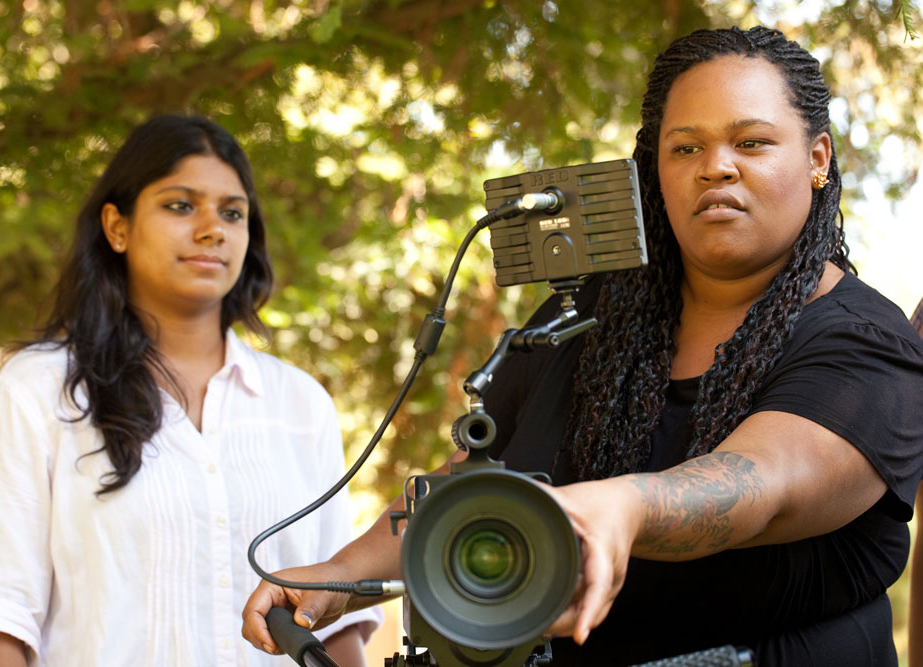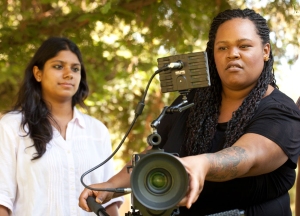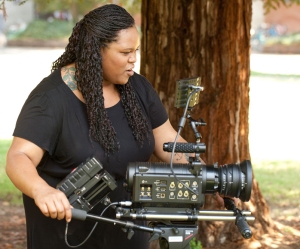Writing with Light

 Santy Gray, Senior, Anthropology
Santy Gray, Senior, Anthropology
Anthropology, the study of people and their impact on earth, is by nature a fascinating subject. Every human being is connected by the simple fact that we are human. To understand the ways that we are all connected is to tell a story. The experiences we have and our reactions to those experiences are what ultimately shape who we are and our perspective. To tell an adequate story about our place, habits, outlook, and experiences in the world we need the tools to do so.
The Visual Anthropology Lab offers students the opportunity to record the human experience. The topics are endless and the results vary. The story has to unfold on its own and then be pieced together so that it can be understood. There is this control that must cease when the camera is rolling; it really is a beautiful thing.
For a class assignment I worked on a film titled For the Love of Dance: Anthropological Implications of Dance in Chico. What this film explored was the dedication of time, energy, and practice that goes into being a dancer. In this film the dancer is defined as three different people who practice classical dance, ballet, and hip hop dance.
While capturing the moment is top priority there is another aspect to working with the camera. It is a technical device, and the goal is to make it produce images the same way we see them, if not better. One of the major elements is light. Photography can be described as the art of writing with light. It is often referred to as the essence of using film. This was and still is one of the hardest techniques for me to become an expert at.
top priority there is another aspect to working with the camera. It is a technical device, and the goal is to make it produce images the same way we see them, if not better. One of the major elements is light. Photography can be described as the art of writing with light. It is often referred to as the essence of using film. This was and still is one of the hardest techniques for me to become an expert at.
There is a certain artistic eye that has to be developed. This eye works in conjunction with the tools available, in this case the camera. It is my job to make sure the camera is translating the story correctly. We can return to lighting. When filming people, the videographer must make them look warm and alive. Natural sunlight can do this. However, there are those times that people must be interviewed in a building, classroom, or office. In cases like this the lights (tungsten) can make people look cold (blue) and washed out. It all depends on the conditions of light.
 Lighting, the way the subject is positioned, and the background all have to tell a story. The camera, unlike the eye, has a small frame that it can see. The picture produced has some very clear borders. This means that every element in the shot has to matter, has to be taken into account.
Lighting, the way the subject is positioned, and the background all have to tell a story. The camera, unlike the eye, has a small frame that it can see. The picture produced has some very clear borders. This means that every element in the shot has to matter, has to be taken into account.
The amount of time that goes into producing a film is best described in terms of a ratio. For every hour of film shot you may use 2-3 minutes of it. It is quite a reality check when you realize how much time it takes to edit and produce a final film.


